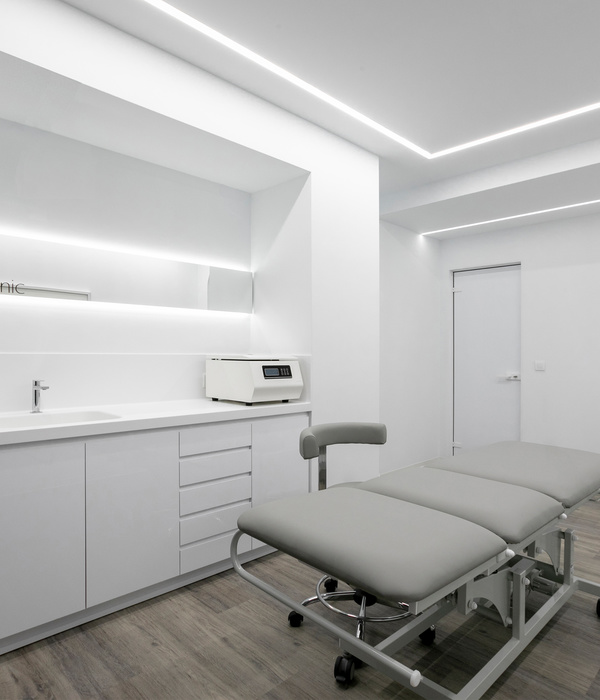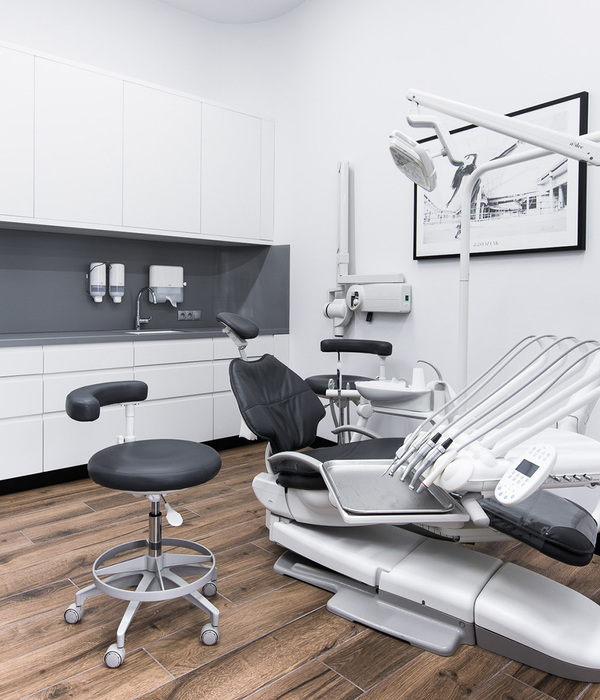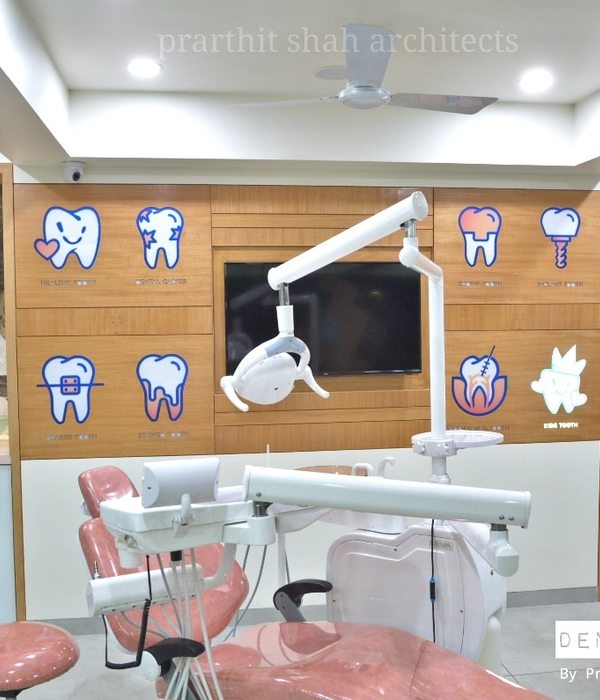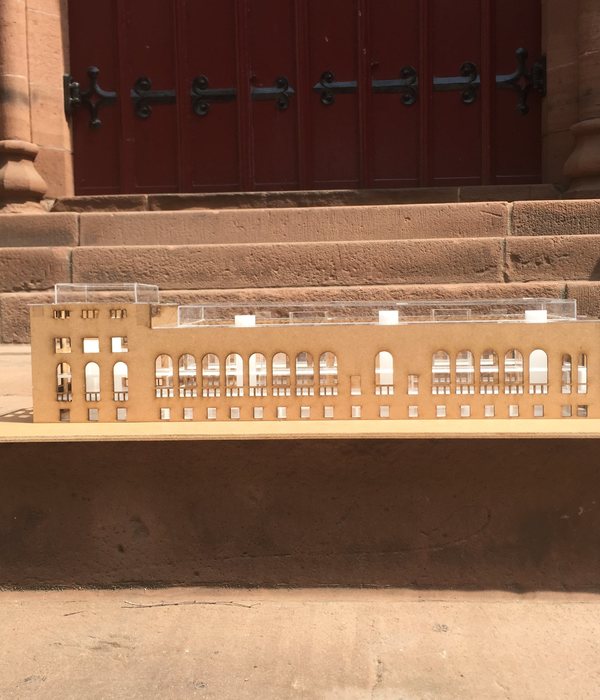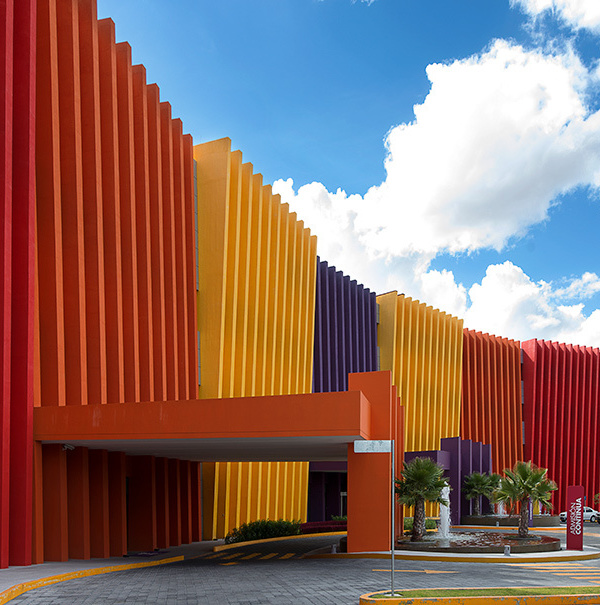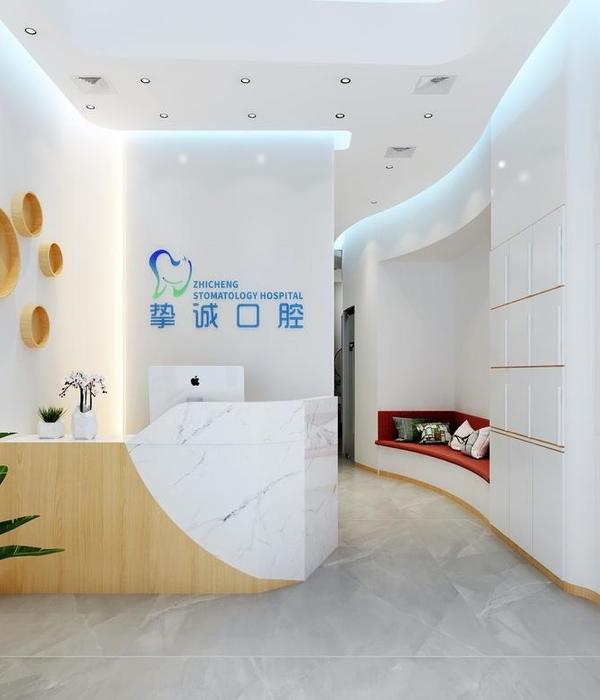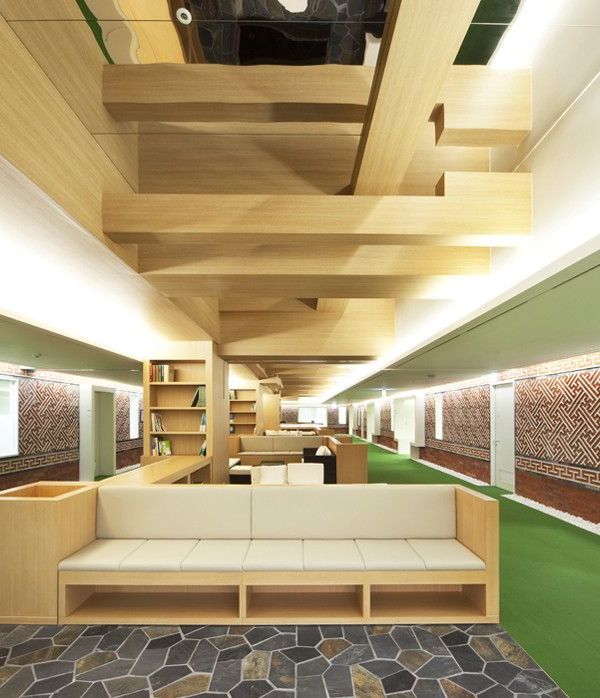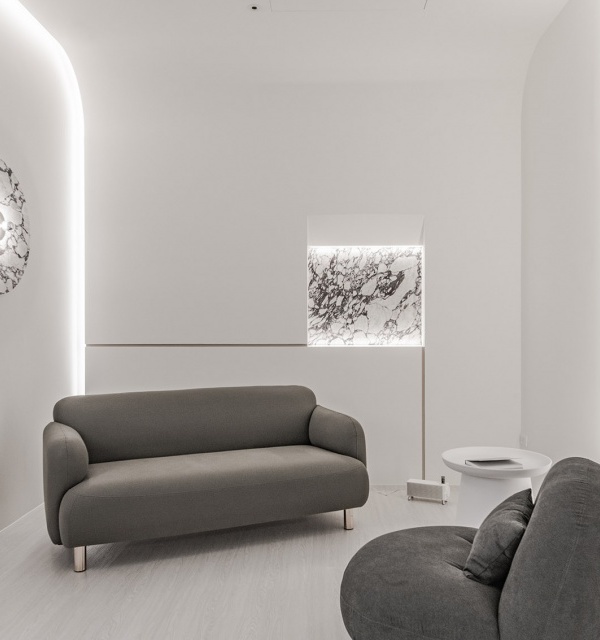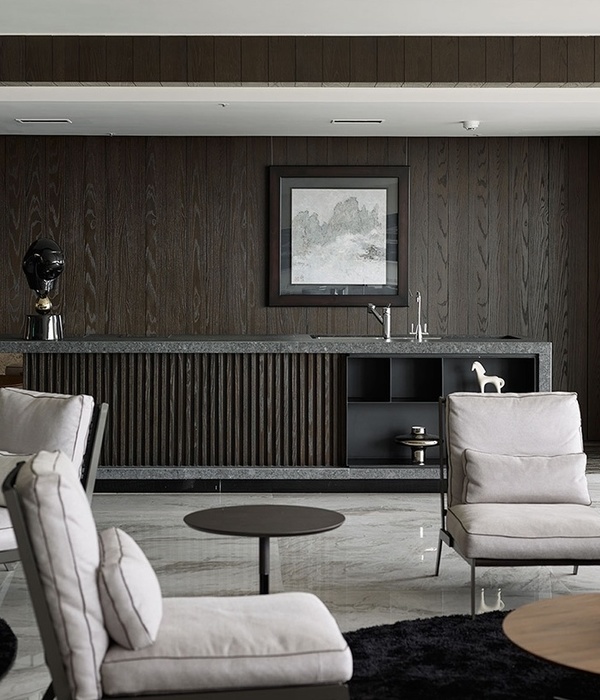Woods Bagot designed the new Emergency Department and renal unit of Lismore Base Hospital, Stage 3a of a multi-stage project located in Lismore, Australia.
The reopening of the Emergency Department (ED) and the renal unit at Lismore Base Hospital on Friday 18th November 2016 marks the first stage of significant upgrades to the regional referral, level 5 base hospital within the Northern New South Wales Local Health District.
Providing state-of-the-art facilities, Stage 3a has been completed by global architecture and design practice Woods Bagot. A complex project phased over many years, the redevelopment being delivered by Health Infrastructure has allowed the hospital to expand its capacity to treat patients and meet the increasing demand for healthcare services.
The hospital provides a wide range of health services to the community, with the 51-bed emergency department and 18-bed renal unit the first departments of the hospital’s $260 million redevelopment to be completed and open to the public. A comprehensive Level 5 Emergency Department undertaking the provision of care to almost 30,000 patients annually across district, the new ED facility also manages acute medical and acute surgical problems, as well as trauma and all forms of adult and paediatric health issues.
Woods Bagot Director Georgia Singleton said the project was designed to promote patient-centred treatment.
“At the heart of the project was a requirement to augment the hospital’s ability to provide modern, purpose built facilities. The design is underpinned by contemporary models of care and is reflective of clinical best practice”.
Improving the level of care to the community in the district, Woods Bagot Associate Alissandra Johnston said the hospital’s expansion has reduced the need for patient transfers to metropolitan hospitals.
“The community was at the core of our design response. We wanted to create a hospital campus whereby the end-user experience was considered, integrating the private and the public realm by opening up the interiors to encourage patients to feel comfortable.”
Creating visual cohesion, a new external canopy was designed to integrate the new south tower at the front of the site with the existing structure. Signalling a new address for the hospital, the folding form of the cover assists to identify the public-use periphery by providing a landscaped place of respite for patients and visitors to gather.
By breaking down the clinical model, the design provided an opportunity to create a more comfortable patient experience in the emergency and renal departments.
The new renal unit features 18 haemodialysis treatment spaces including three isolation rooms, dialysis home training facilities, a private courtyard, a patient lounge and a separate entrance and waiting room.
Creating a gesture of privacy without isolation within the open-plan renal unit, small organic pebble-shaped partitions between each bay help to maintain functionality and sightlines for staff, while also serving to draw natural daylight into the space. The pebble motif is echoed in recessed ceiling bulkheads, with softly-lit pendants also used to demarcate nursing stations and observation points.
Referencing nature, a repetitive foliage-inspired motif has been translated into the interior wall treatments by stylised bamboo panelling. A hierarchy of spaces is created via floor finishes and joinery details which are tied to the wayfinding strategy and holistic design concept.
The emergency department is divided into a number of key areas, all connected by large corridors that allow for easy staff movement. The creation of an internal east/west hospital ‘street’ or link bridge partnered with the simplified and amalgamated central entry has provided clear connectivity within the hospital.
Design: Woods Bagot Design Team: Adrian Stasi, Alan Duffy, Alan McMahon, Alissandra Johnston, Alexandra Smith, Georgia Singleton, Kate Dickinson and Margaret Hardy. Design Team: Adrian Stasi, Alan Duffy, Alan McMahon, Alissandra Johnston, Alexandra Smith, Georgia Singleton, Kate Dickinson and Margaret Hardy. Photographer: Trevor Mein
10 Images | expand images for additional detail
{{item.text_origin}}

